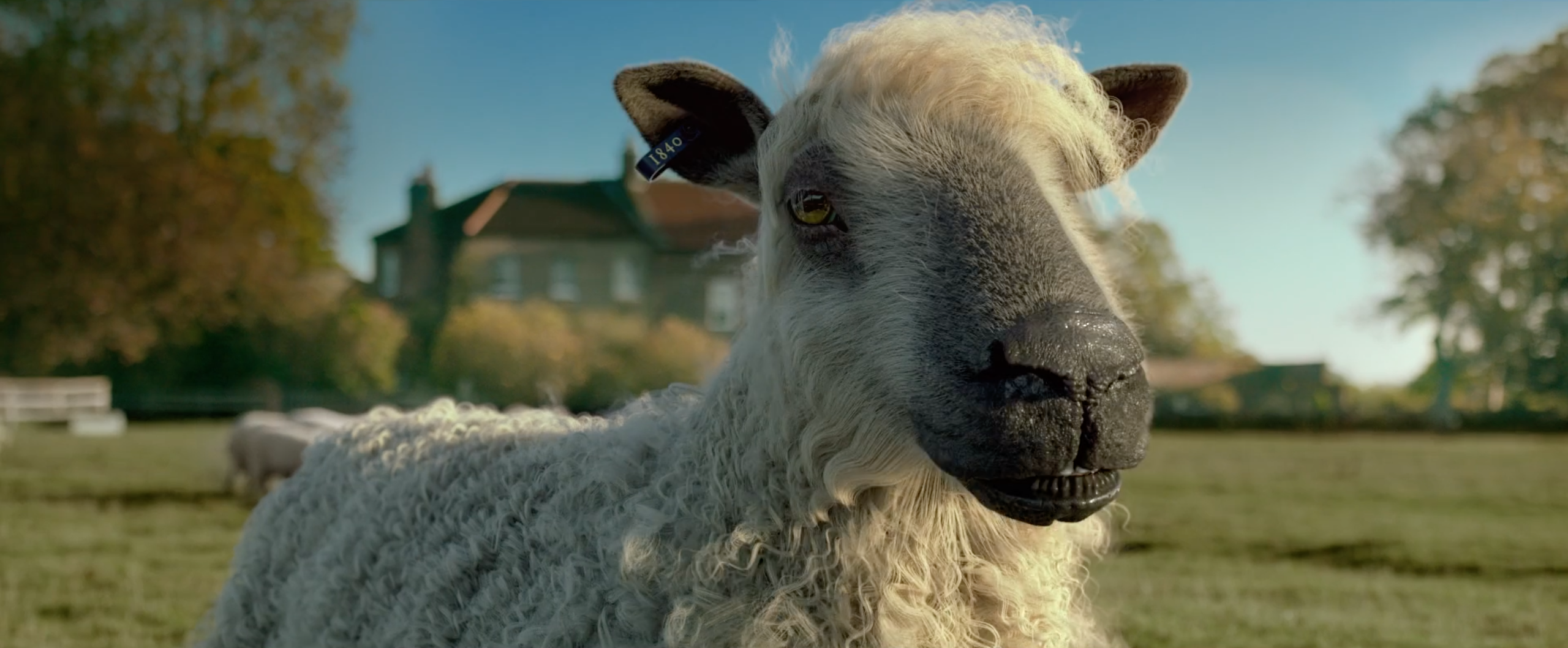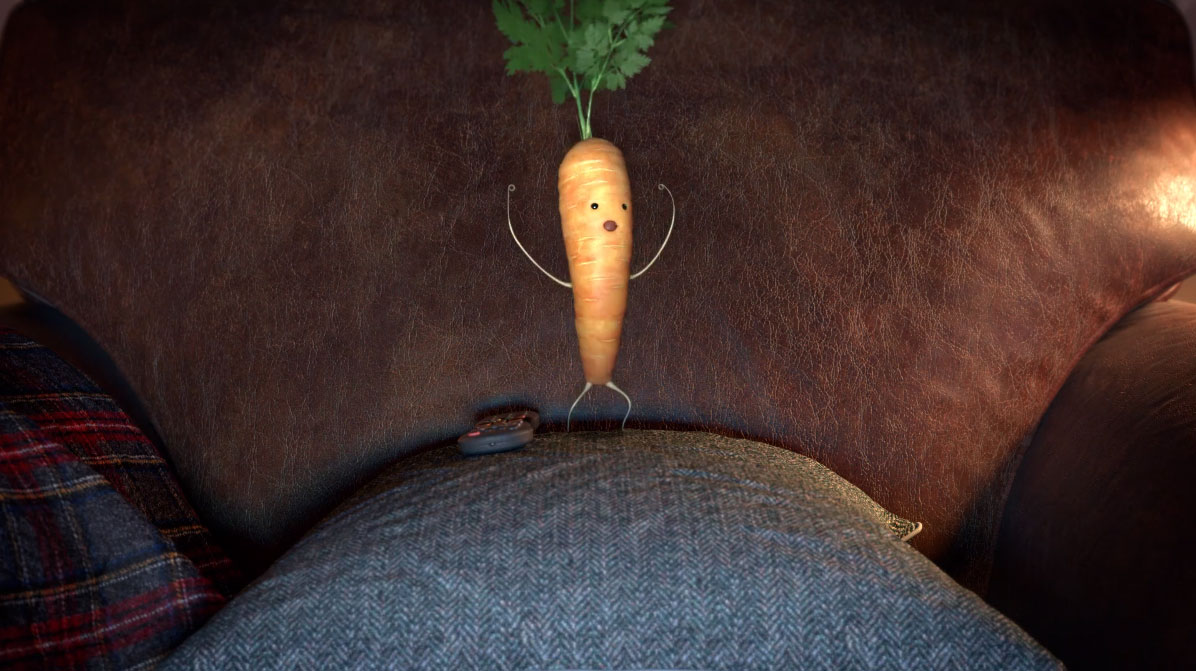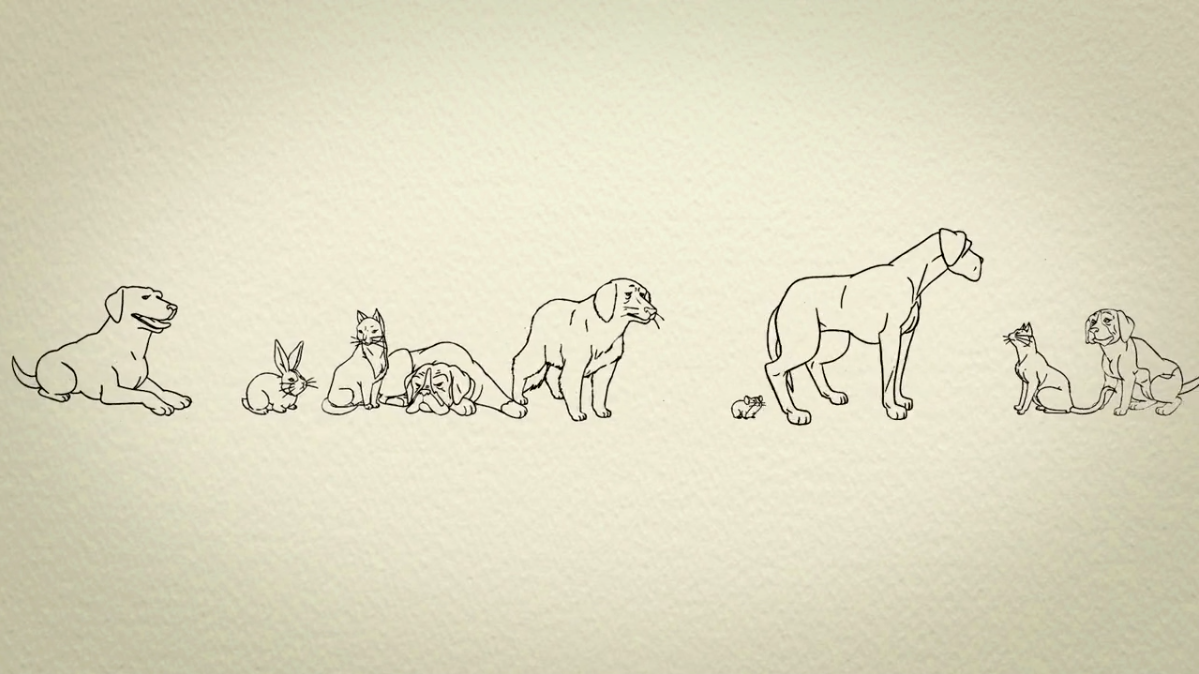
Close

The benefits of animation are endless – it can make the unbelievable believable, be reused across different platforms and campaigns, it’s more flexible than live production, and, last but not least, it’s not exclusive to kids.
However, like any creative outlet, there is a different type of animation technique for every story, and the one that best suits yours will depend on the objectives of your project. So, if you’re an agency pitching an animated commercial for a client, a brand looking into an immersive activation or just someone curious about animation and its various types, we outline here the differences between hand-drawn, CGI and motion capture.

Hand-drawn animation – also known as traditional animation – is a technique where each frame of the film is drawn by hand. It was the predominant type of animation used in cinema and TV until the advent of computer-generated animation – Disney’s Snow White and the Seven Dwarfs, Hanna-Barbera’s The Flintstones, and DePatie-Freleng’s Pink Panther are classic examples.
The technique involves creating numerous drawings that are later on transferred onto clear acetate sheets. The artist then paints the scene by hand and creates the animated sequence on a coloured background image.
Although not dominant, hand-drawn animation is still used across different sectors such as Film and TV and advertising. A good example is our 2D pencil animation for pet food company Harringtons, commissioned by Chief Productions.
“We were asked to produce an animation showing the range of animals the brand caters for. They wanted the style to feel hand-drawn, so we decided to use a traditional route. Each frame was individually drawn on sheets of transparent paper, before being cleaned up and scanned in”, explains Head of Production, Jo Wilkinson. “It’s a long process, but the results are extremely satisfying!” she points out.

Close
Currently, the most popular type of animation used in a feature film is 3D computer-generated animation, which unlike hand-drawn cel animation, uses digital puppets to position characters and motion paths that define the movements between poses. The technique gained popularity after the debut of Toy Story in 1995, the first-ever entirely computer-animated feature.
Instead of creating a flat drawing frame by frame, animators build a 3D model that’s controlled like a puppet. The technique makes it possible to change the animation later on to better suit other angles. In that sense, 3D CG animation is not as restrictive as hand-drawn, even though the end results of both are the same. This allows for expanded creativity: “You can’t replace the creativity an artist can inject with computer-generated animation. It can really bring out and exaggerate the characteristics and style of a character”, says Jo.
3D animation can, however, have a larger workflow than its 2D version. “CGI is restricted to how the character/model is rigged – a set of controls that are given to the animator to control and manipulate. The more refined these controls become, the more movements the animator has over the character. All of this requires detail added by all the artists involved in the project, which therefore requires more time to create”, explains Lead Animator, Kevin Taylor.
We opted for computer-generated 3D animation in our work for Beaverbrooks. To celebrate the jewellery’s 100th anniversary, we produced a 30-second animated advert “Dear Love”, working from character design to modelling and direction. The project was fully CG, including the diamond ring featured in the end.

Close
Motion-capture takes computer-generated animation to the next level. By recording the movements of people or objects and translating the information into digital 3D assets, it’s possible to achieve accurate animations performing the same actions as the actors’ movements.
In fact, with inertial motion capture setups, it’s possible to record human movements in real-time in an office, saving large amounts of animation time.
“You can push motion-capture boundaries further with CG animation, as there are no limitations on what can be achieved. You might use a mixture of both in game trailers, for example, where the character needs to have realistic movement but then perform a dangerous move”, says Jo.
The advantages of motion-capture animation go beyond replicating realistic human movements. Because you can create libraries of mo-cap assets, you can access them and reuse, like stock footage. Motion Capture can make complex, realistic animation projects more cost-effective and quicker to realise. “It gives instant results, and you can try out a number of different movements to get the desired result without spending hours and hours – or even days and days – hand keying”, Kevin adds.
Ultimately, there’s a tool for every job and each animation technique has its correct place depending on the project at hand. The advancements in 3D animation and motion capture technology have revolutionised animation, but sometimes, you just can’t beat a traditional hand-drawn picture. At Flipbook Studio, we ensure our arsenal of skills is diverse and adaptable, applying the correct technique to the project at hand.
GET IN TOUCH
If you’d like to hire us for a project or chat through how we could partner with you we’d love to hear from you. Drop us an email